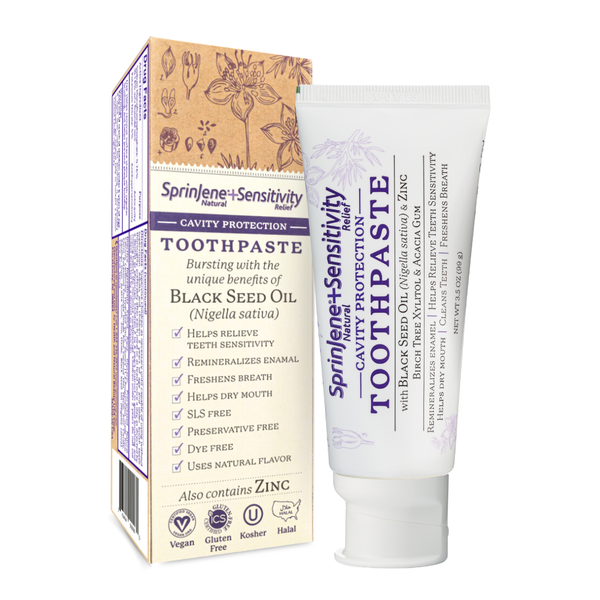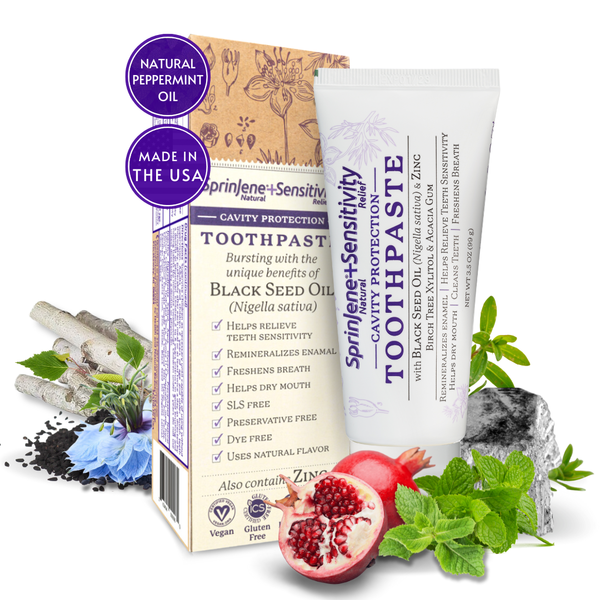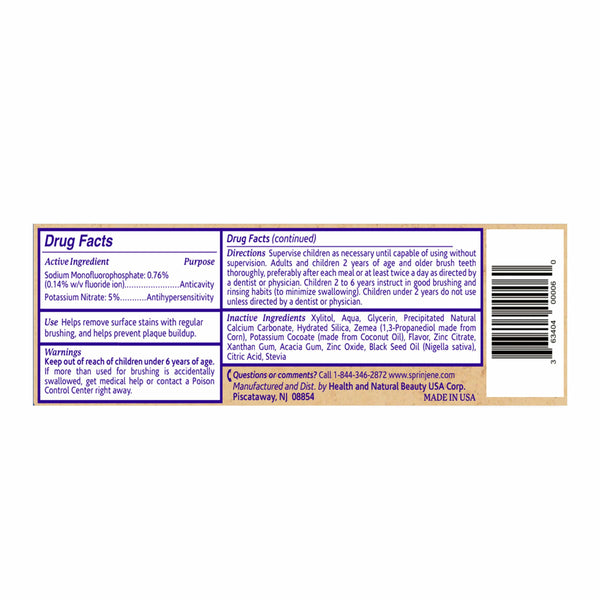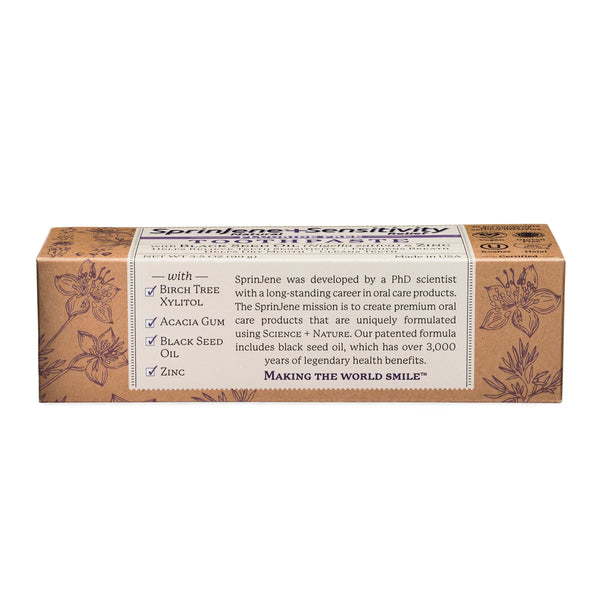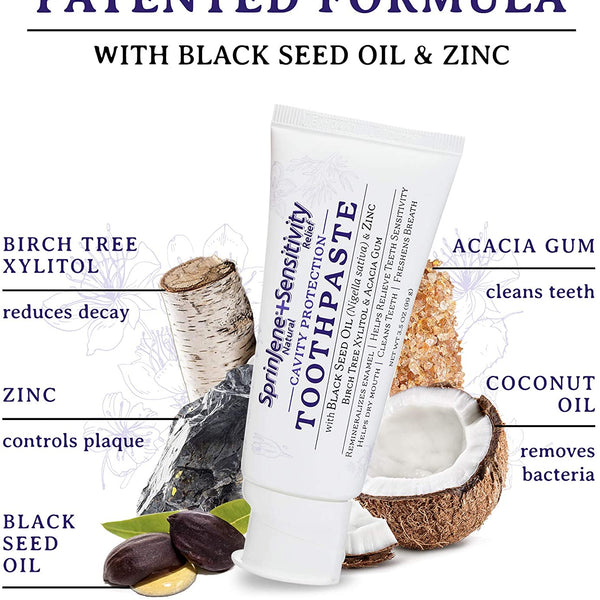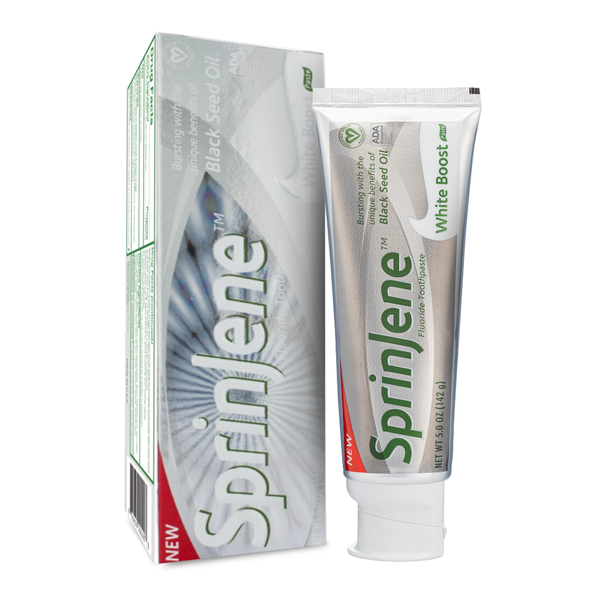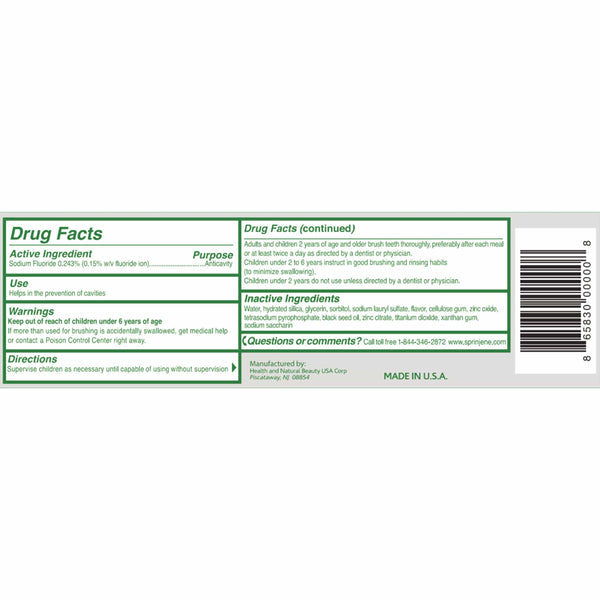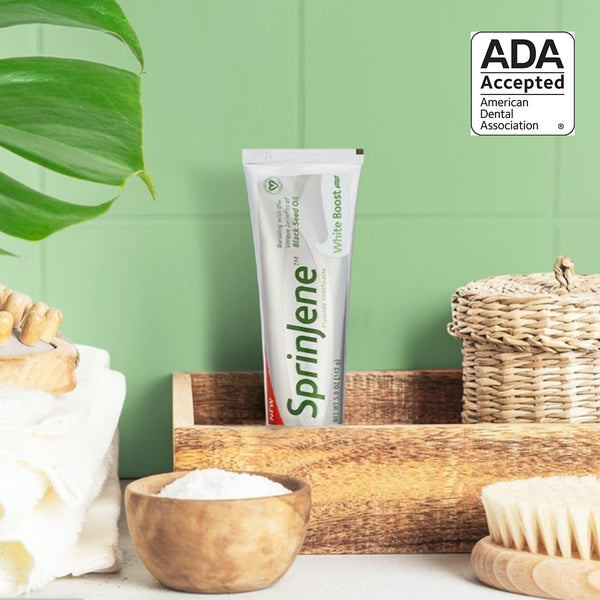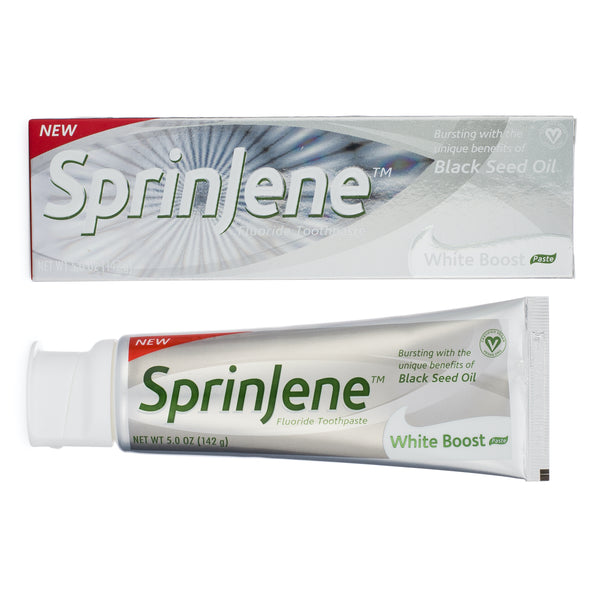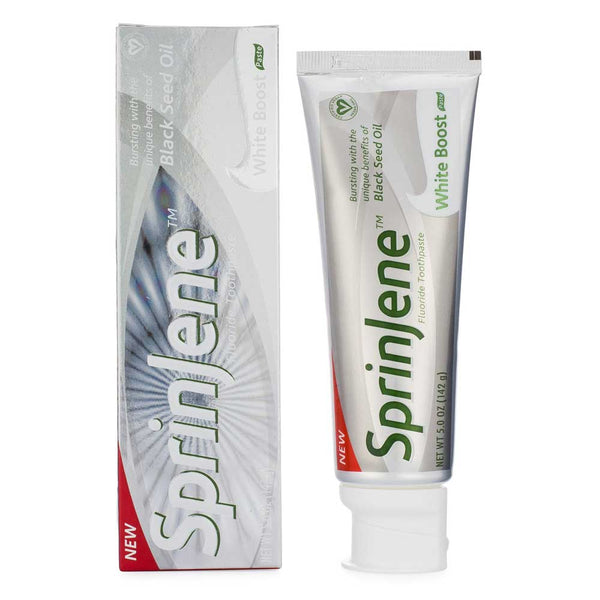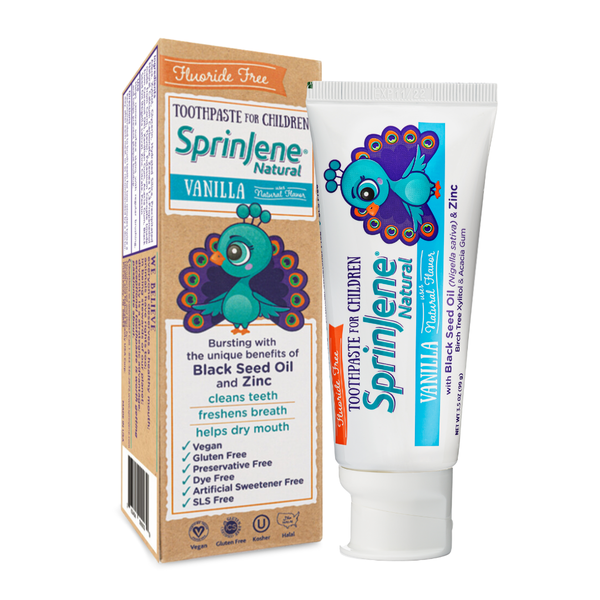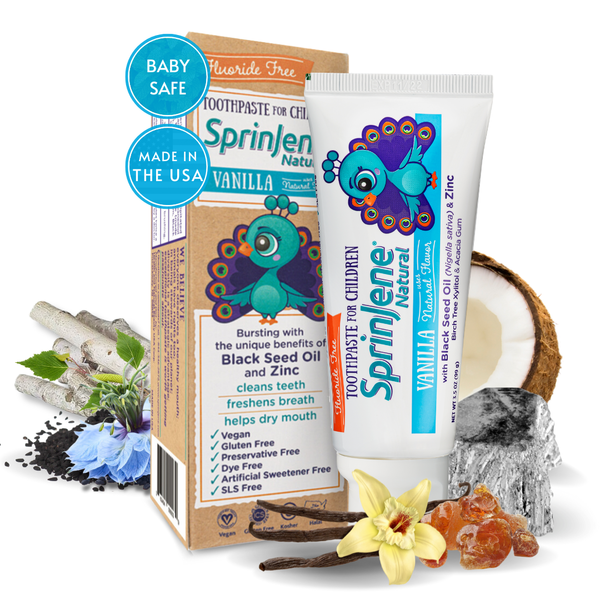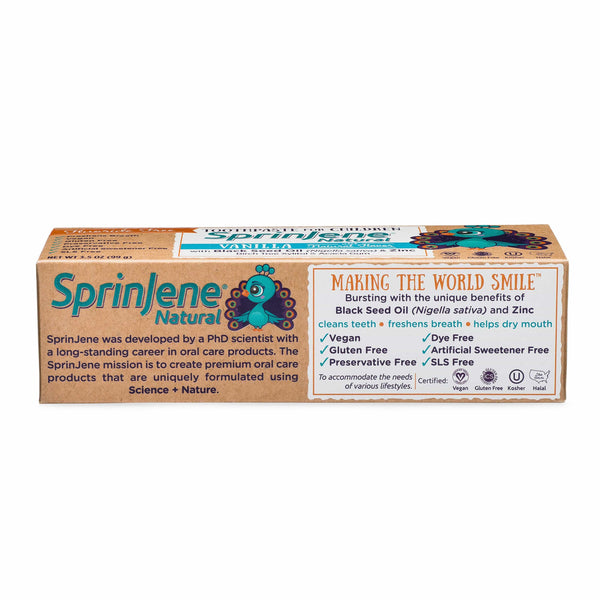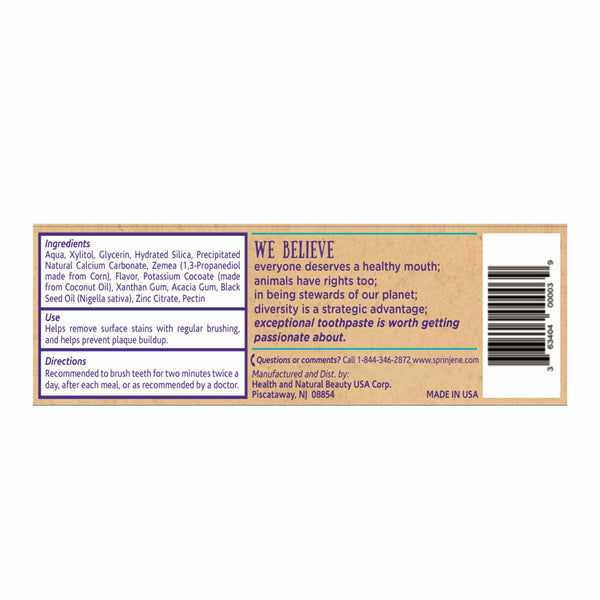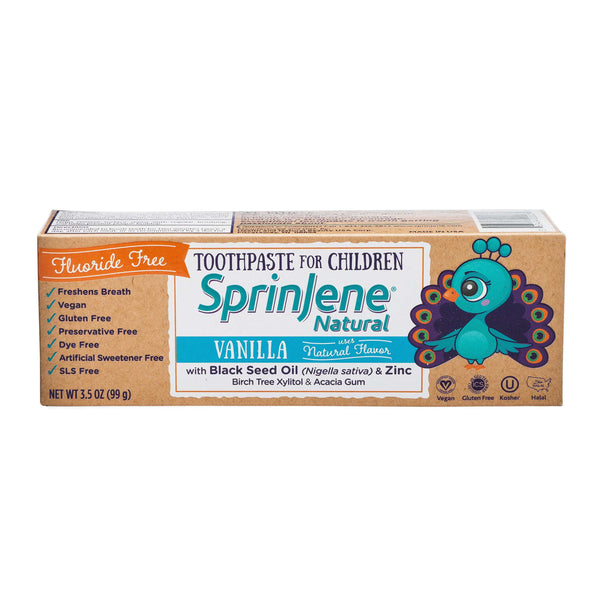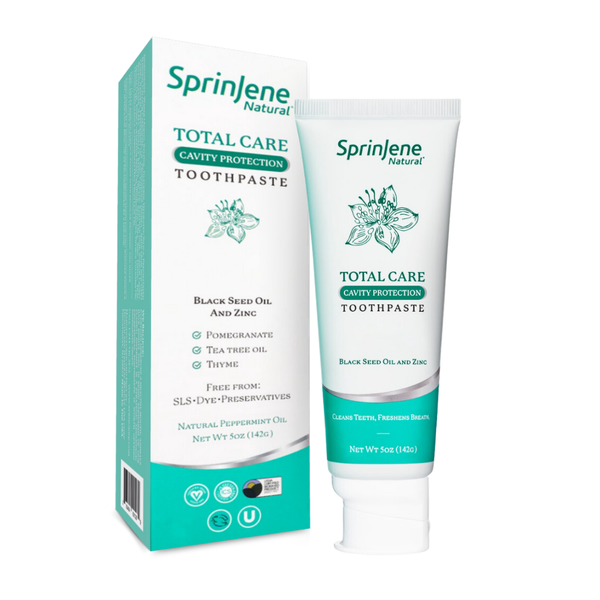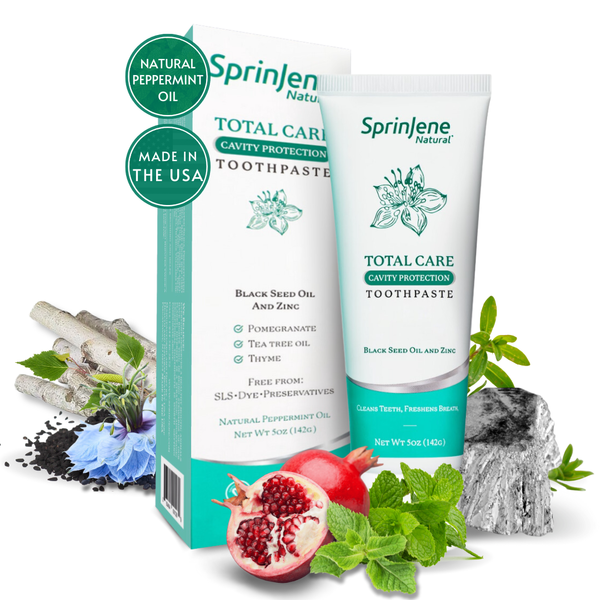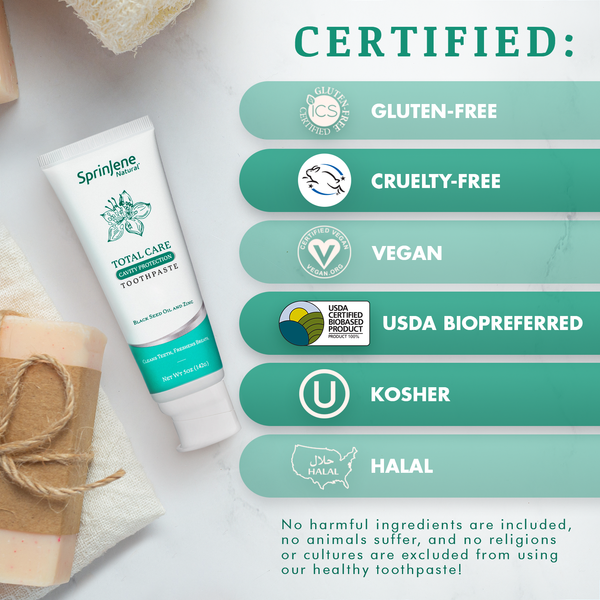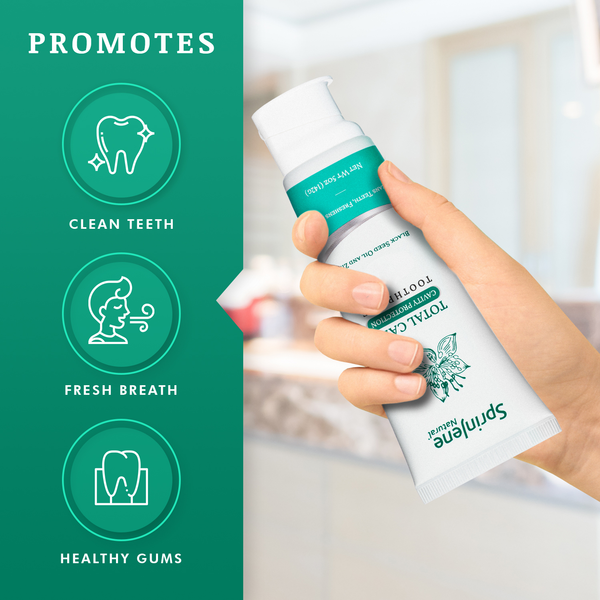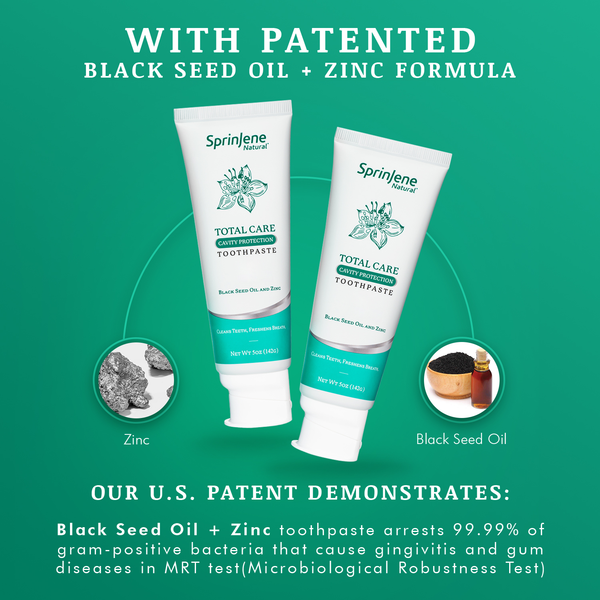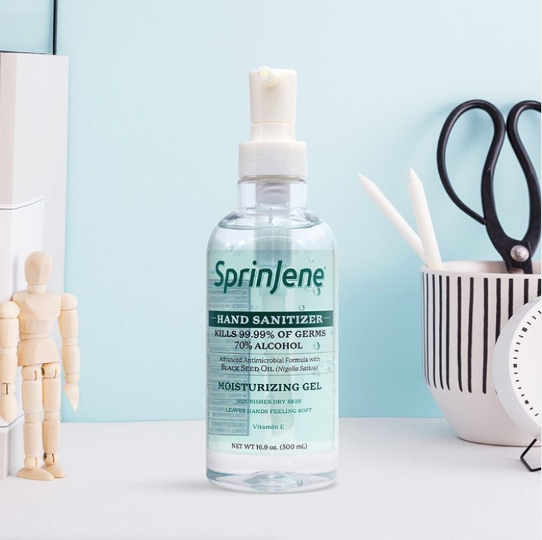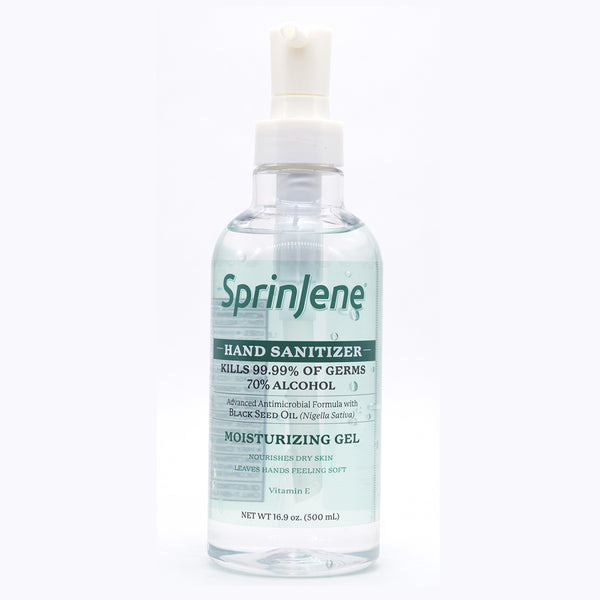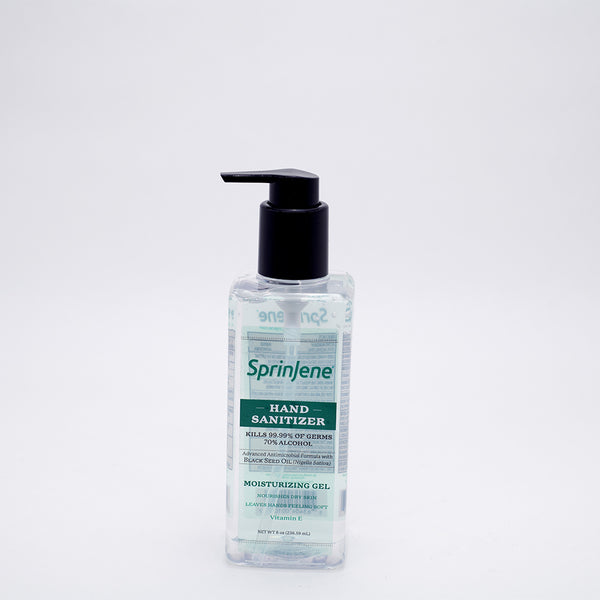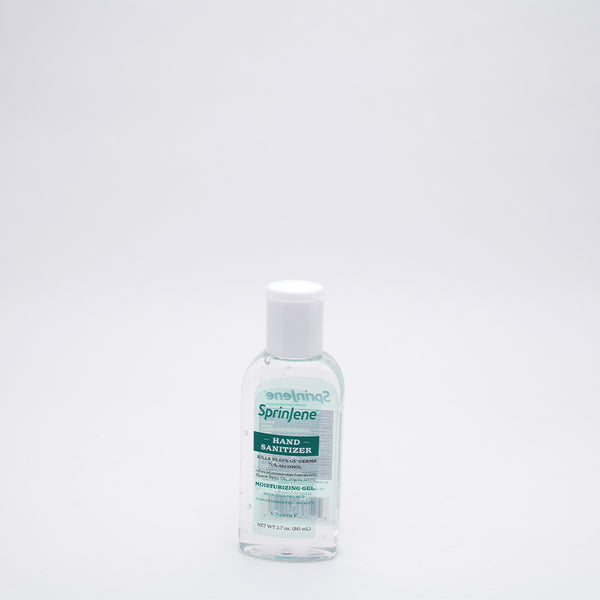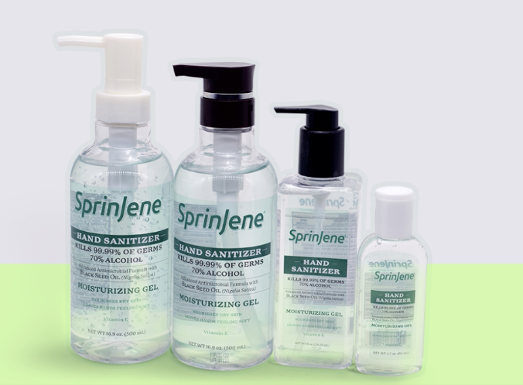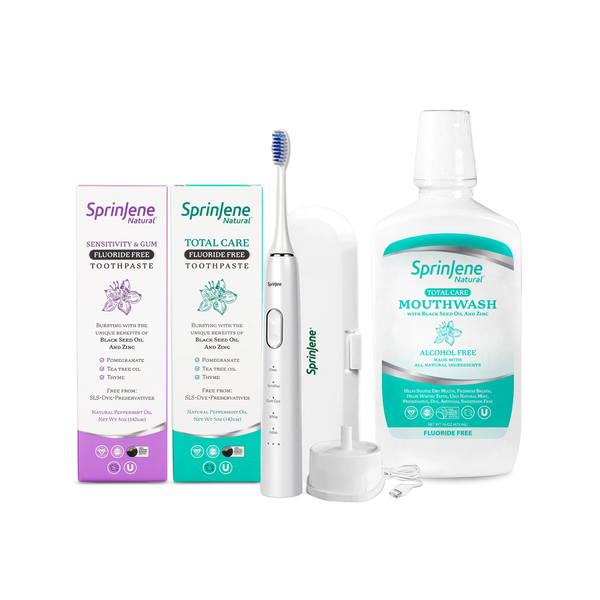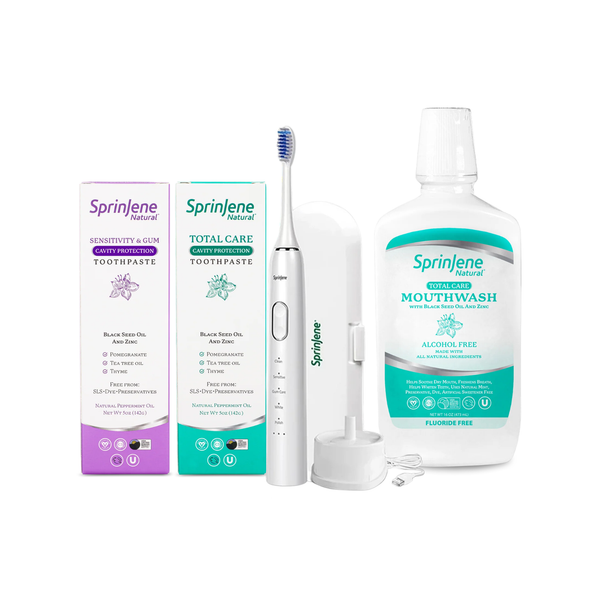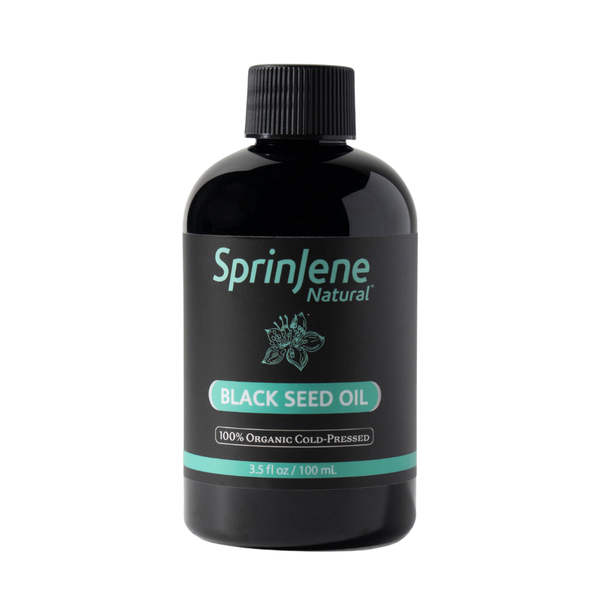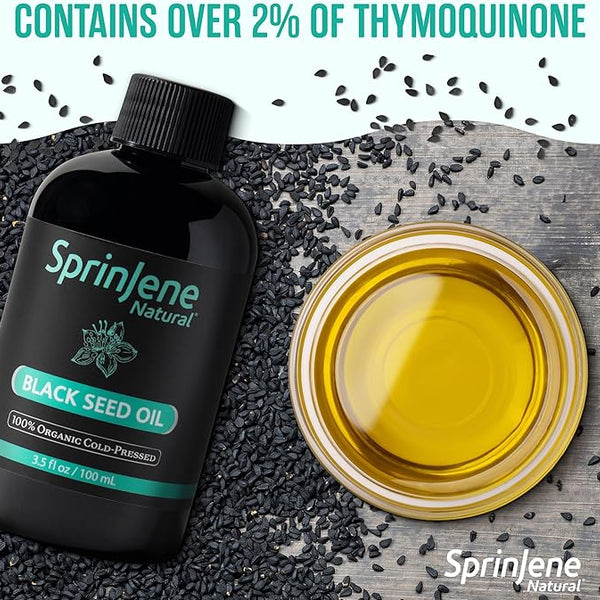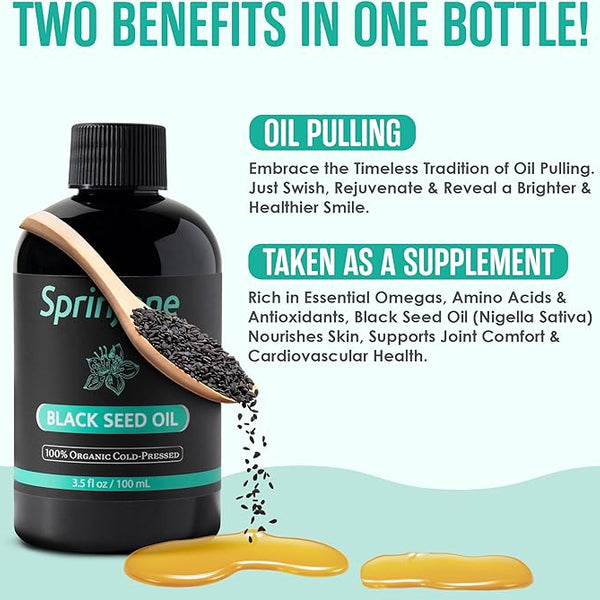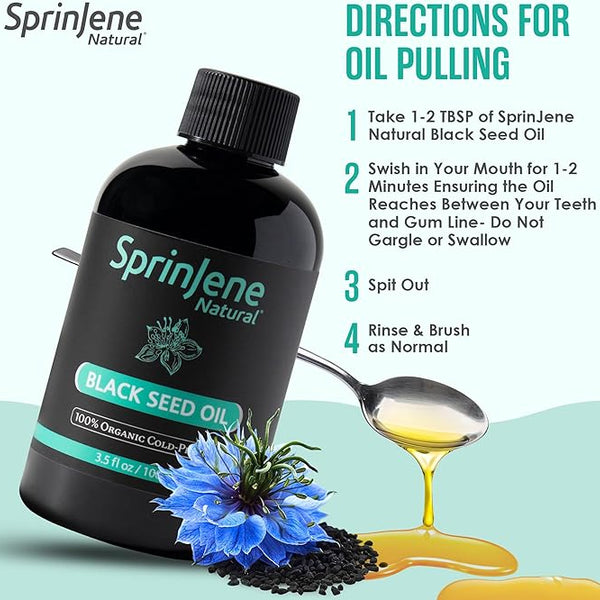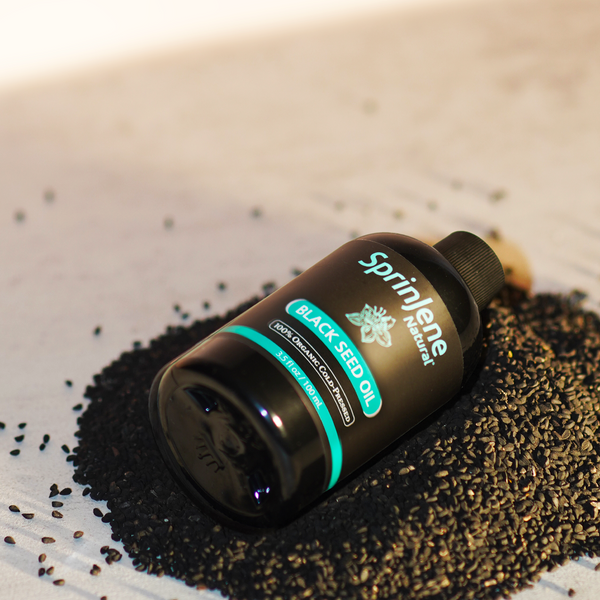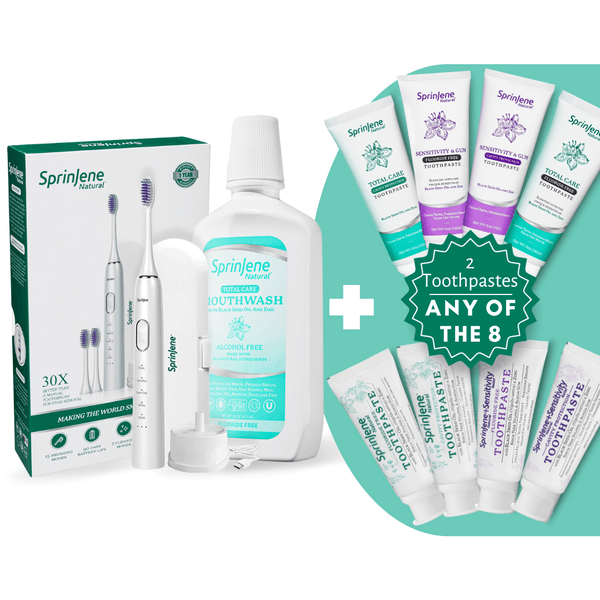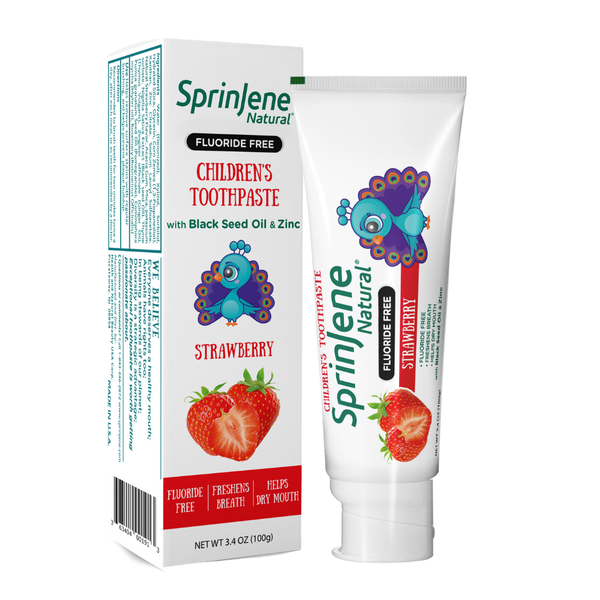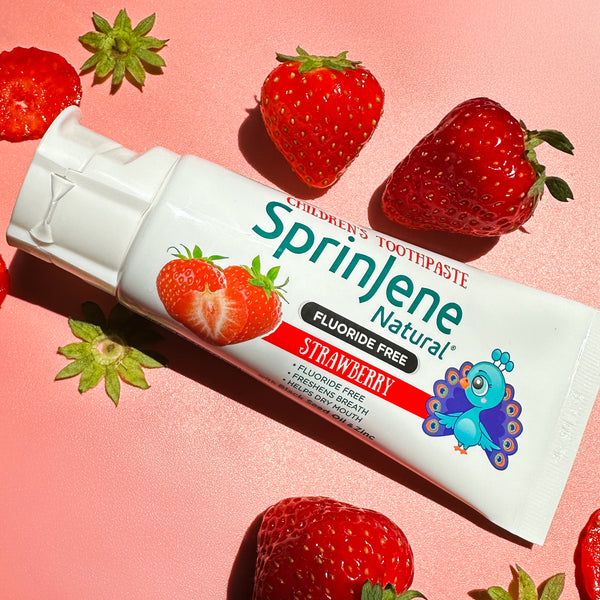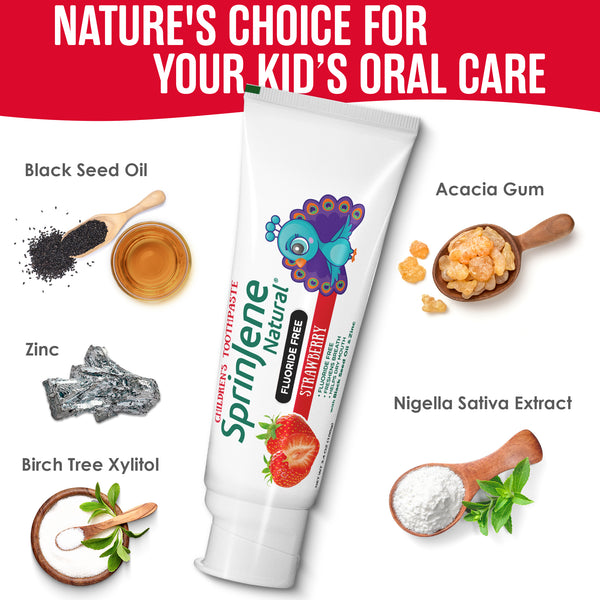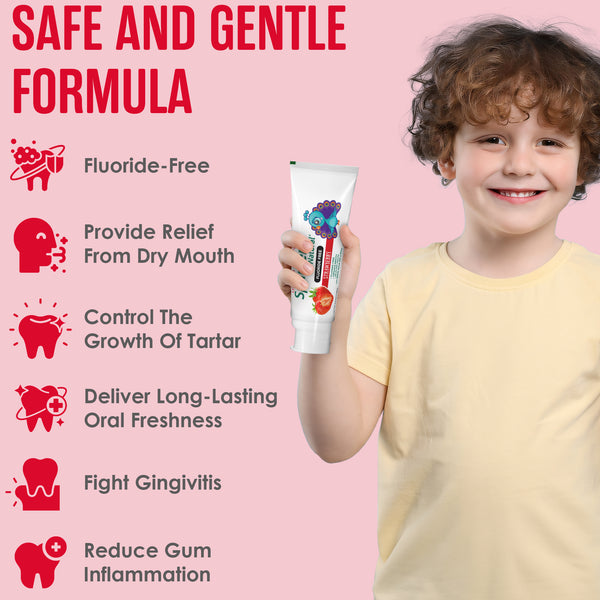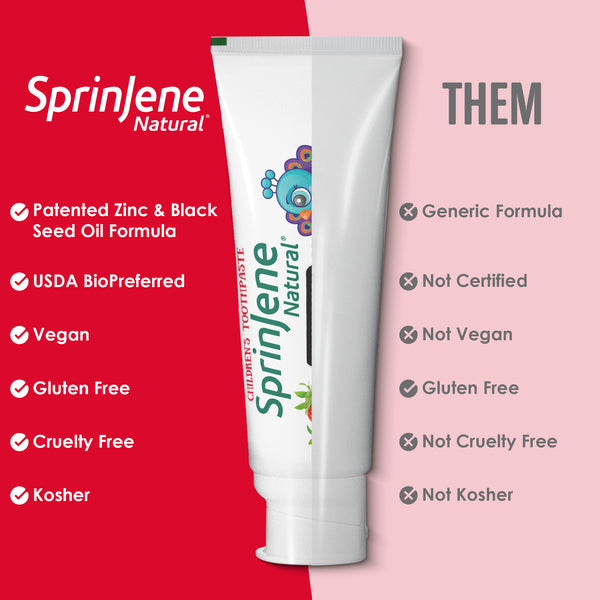
Dentistry plays a significant role in creating the aesthetics of a person and thus influences the self-esteem of an individual.
Everybody wants a bright white smile! According to a recent survey 80% of Americans aged 18 to 49 wanted whiter teeth, with women more than men. 6 out 10 believe a whiter, brighter smile would boost their self confidence
According to the American Academy of cosmetic Dentistry, Americans spend an average of $1.4 billion on over-the-counter teeth whitening every year.
One of the first things people notice when they meet someone new is their smile. But over time, even the shiniest teeth can become discolored.
Tooth color depends on intrinsic or extrinsic factors. Intrinsic factors are not in our control and cannot be changed. They depend on the person’s race, genetics and any medical conditions or medications or drugs they might be on.
Extrinsic factors are external stains that the person’s teeth have absorbed due to their diet and habits. These include the presence of tea and coffee stains; chlorhexidane stains, iron stains, carbonated drinks, food colors, smoking and chewing betel nut and poor oral hygiene maintenance.
Today there is a huge range of dental products and technologies addressing the problem of tooth discoloration available in the market. These products work in one of two ways, either by bleaching the teeth, or by the removal and control of extrinsic stains. In order to optimize the removal and control of extrinsic stains,
specific abrasives and/or chemical agents can be added to toothpaste. These improved stain removal products are termed ‘whitening toothpastes’. Tooth whitening pastes are simple in application and easily available.
Most of them contain the same basic functional ingredients. It has been studied that if a very low abrasive toothpaste is used, stained pellicle usually accumulates on the surfaces of teeth therefore, it is now widely accepted that toothpastes require a certain amount of abrasivity to remove extrinsic stains. Other toothpaste ingredients which assist in removing and preventing extrinsic stains include surfactants, polyphosphates and enzymes. However, the evidence to date still suggests that the primary stain removal ingredient in toothpaste is the abrasive.
|
Abrasives |
· Hydrated silica · Calcium carbonate · Dicalcium phosphate dihydrate · Calcium pyrophosphate · Alumina · Perlite · Sodium bicarbonate |
|
Chemical |
· Hydrogen peroxide · Calcium peroxide · Sodium citrate · Sodium pyrophosphate · Sodium tripolyphosphate · Sodium hexametaphosphate · Papain |
|
Optical |
· Blue covarine |
Natural Whitening Toothpaste
Conventional whitening toothpaste contains abrasives and bleaching agents like silica, pyrophosphates, peroxide or carbamide peroxide. These chemicals remove extrinsic stains, thereby lightening tooth color. These ingredients cause undesirable harmful effects not only on the enamel but also on the soft tissues, resulting in mucosal irritation, ulceration and circum oral dermatitis. For this reason many people started making the shift towards natural and chemical free products. The whitening ingredient originating from herbal origin present in natural toothpastes is papaya, menthol, meswak, clove, salt and citrus fruit extracts. A natural tooth paste range like Sprinjene has the following benefits along with the quality of whitening teeth.
It is completely natural, therefore free of harmful side effects.
Silica: Nature's cleanser. Silica is a natural mineral found in quartz that is gently, yet effectively, cleans hard and soft tissues, thereby removing stains and debris to deliver a whole mouth clean and long-lasting freshness
Zinc: Prevents plaque formation and is anti-cariogenic
Black seed oil extracts: anti-microbial, anti-cariogenic, anti-inflammatory and soothing for the gums
Stevia: anti-cariogenic
A variety of other natural products offer whitening effect of teeth and are listed below with their mechanism of action:
- Strawberries and apples contain malic acid which is a natural enamel whitener. It also increases saliva production thereby, exerting an ant cariogenic property.
- Celery, carrots and sesame seeds have high fiber content and act as a mild abrasive which scrubs and removes surface stains effectively.
- Pineapple and orange contain an enzyme known as bromelain which removes superficial stains and also reduces plaque buildup.
- Papaya contains enzyme papain which is more like bromelain and removes superficial stains and reduces plaque buildup. Papain enzyme is found more in unripe papaya than ripe papaya.
- Dairy products such as milk, cheese and yogurt contain lactic acid which is a natural enamel whitener and also increases the production of saliva.
- Kiwifruit contains actinidin which removes surface stains on enamel.
- Lemon extract and peel contain citric acid which bleaches the stains on enamel. It also has antibacterial properties.
- Banana peel is rich in potassium, magnesium and manganese which are absorbed over teeth surface making them appear white.
- Rock salt acts as a mild abrasive and removes superficial stains. They increase the pH of the saliva thereby exerting antibacterial properties.
- Activated charcoal is negatively charged and binds to the positively charged plaque on tooth surface and is thus absorbed over tooth surface whitening it.
Conclusion
After reviewing the types of tooth staining it is evident that whitening tooth pastes do in fact make a difference to externally stained teeth and are safe to use in moderation. But if to be used regularly it is advised to switch to a natural formulation so as to minimize the risks of any harmful effects over time.
References
- Watts A, Addy M. Tooth discoloration and staining: a review of the literature. British Dental Journal 2001;190:309–16.
- Joiner A. Tooth color: a review of the literature. Journal of Dentistry 2004;32(Suppl. 1):3–12.
- Ten Bosch JJ, Coops JC. Tooth color and reflectance as related to light scattering and enamel hardness. Journal of Dental Research 1995;74:374–80.
- Muia PJ. The four dimensional tooth color system. Chicago: Quintessence Publishing Co., Inc.; 1985.
- Baig A, He T, Buisson J, Sagel L, Suszcynsky-Meister E, White DJ. Extrinsic whitening effects of sodium hexametaphosphate—a review including a dentifrice with stabilized stannous fluoride. Compendium in Continuing Education in Dentistry 2005;26(Suppl. 1):47–53.
- Pontefract H, Sheen S, Addy M. The benefits of toothpaste— real or imagined? Review o




